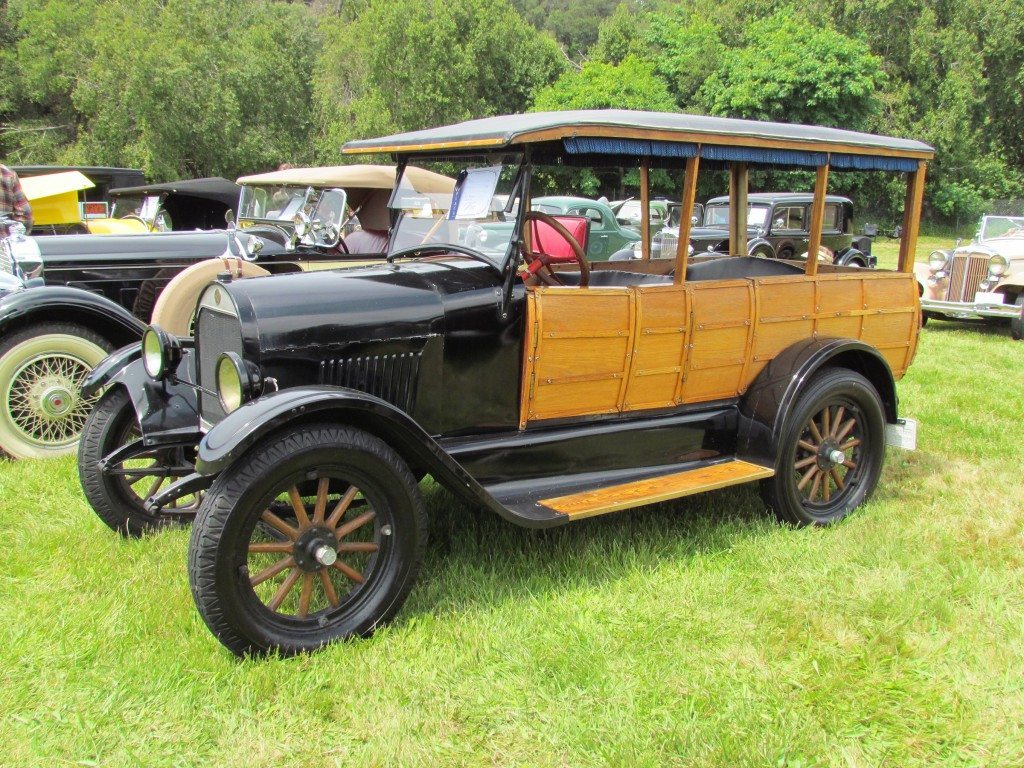
The Journey From the Days of the Station wagon
BY Steve Manning
First of all, let’s get this out in the open—station wagon history is not exactly clear-cut and there are differences of opinion on just what is a station wagon. While the specific facts presented here would be difficult to argue separately, overall, what you are about to read is just one interpretation of those facts.
In the beginning, there was confusion…
OK, let’s start with some definitions—what is a station wagon? Well, the very first station wagons were called ‘depot hacks’—they worked primarily around train depots as hacks (taxicabs). The modified back ends that made them hacks were necessary to carry large amounts of luggage—everyone traveled by train then, remember, and you needed a car that could comfortably carry people and large amounts of luggage from the train station to home.
Pre-war predecessors
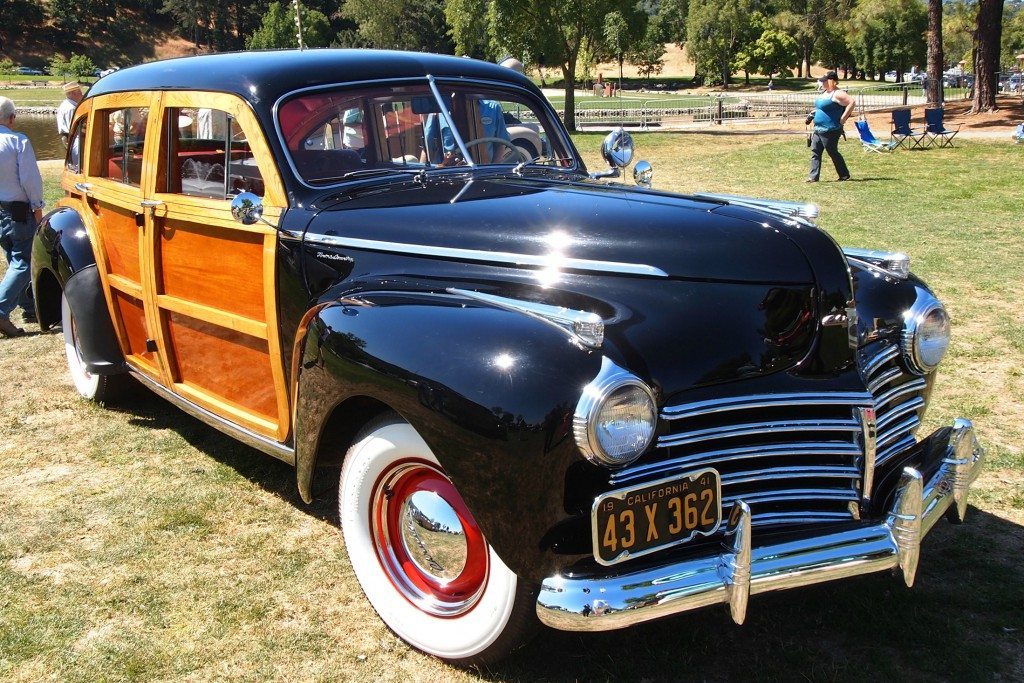
While they do not meet the definition of ‘standard production’, the first station wagon would be one of the numerous variations of the Ford Model T chassis. While Ford didn’t build a production wagon until years later, many small independent manufacturers bought a chassis from Ford and put a wooden wagon body on it. Ford began selling this bare chassis in 1910 for $700.
The post-war classics (through the 1950s)
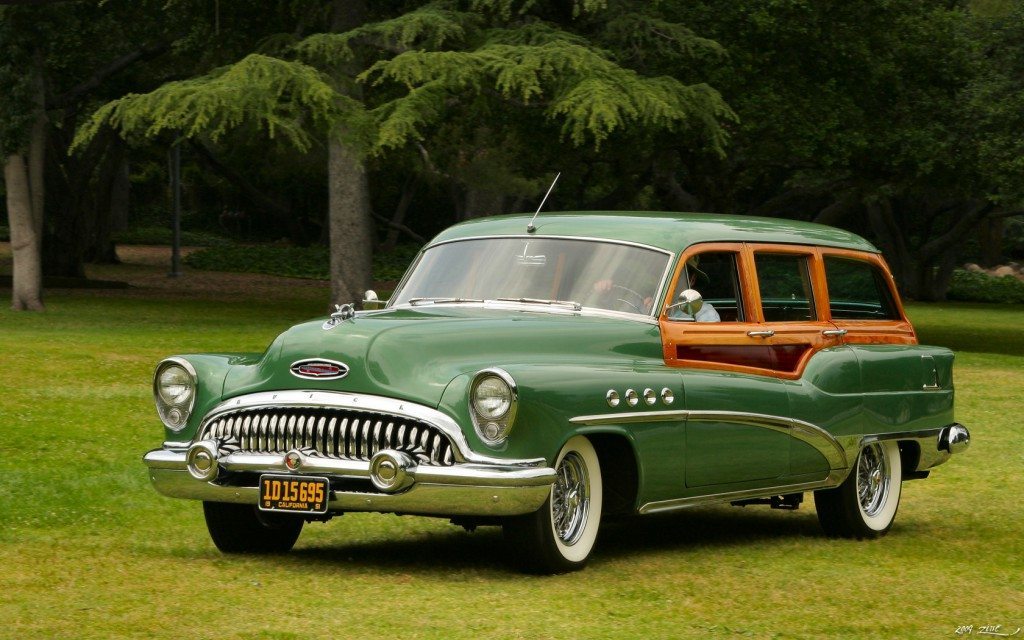
Until after WWII, station wagons were generally regarded as commercial vehicles like trucks, and production volume was low (station wagons accounted for less than 1 percent of motor vehicle sales in 1940).
Ah, the 60s…Muscle cars! Longer! Lower! Wider! More power!
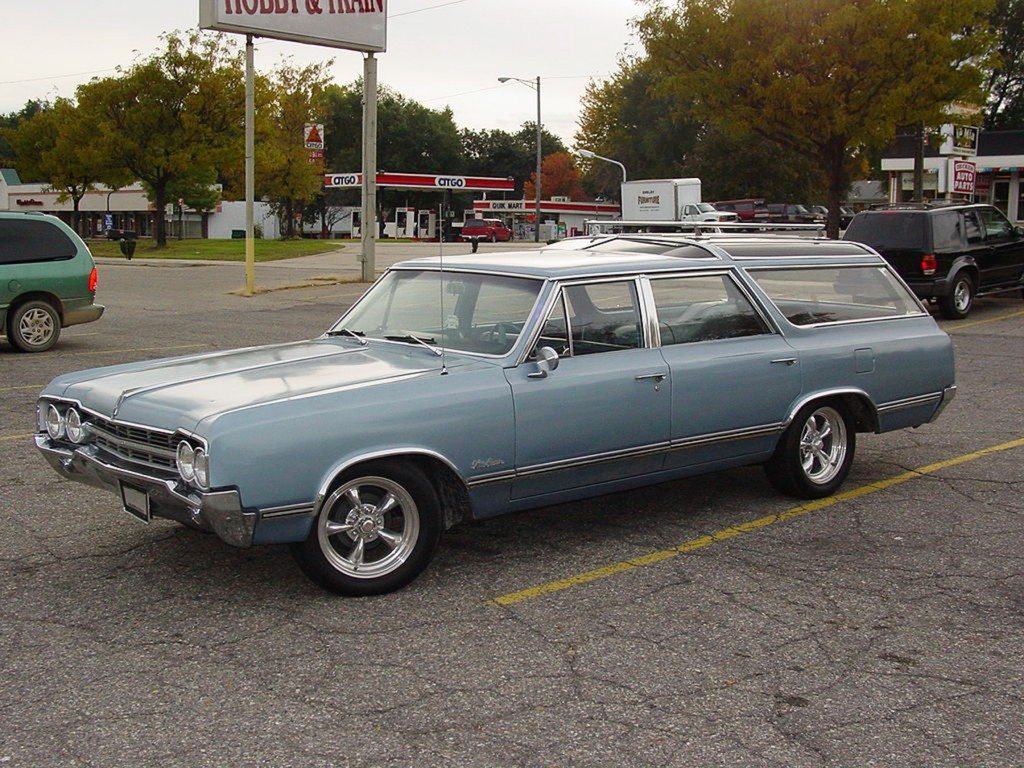
But it started off with a new wagon phenomenon – compact station wagons. Simultaneous 1960 wagon introductions by Ford (Falcon/Comet) and Chrysler (Valiant), followed by Chevrolet (Corvair in 1961 and Chevy II in 1962), brought new choices to the wagon market. These compacts were in response to a new factor in the station wagon market…foreign (smaller) station wagons.
In the ‘70s—the disappearing act begins
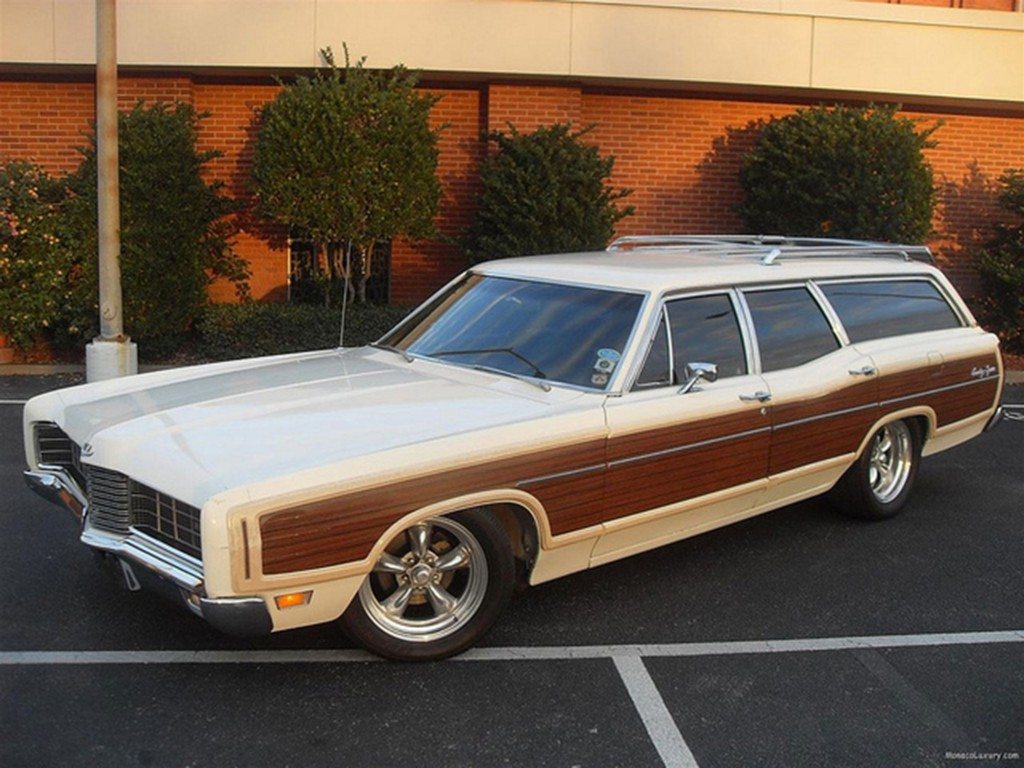
Try to name the defining event for the 1970s that affected the automobile industry (no, not disco), and it would be a toss-up between the first gasoline crisis in 1974, or the new, draconian emissions specifications (starting in 1972) which killed the muscle car (and engine performance in general). Both of these events were particularly hard on the full-size station wagon. Sales of full-size models fell dramatically in 1974-75, culminating with the disappearance of all full-size wagon models from the Chrysler (and Dodge and Plymouth) product line in 1978. Chrysler went on to build the minivan, and has not built a full-size wagon since.
The ‘80s—the minivan cometh
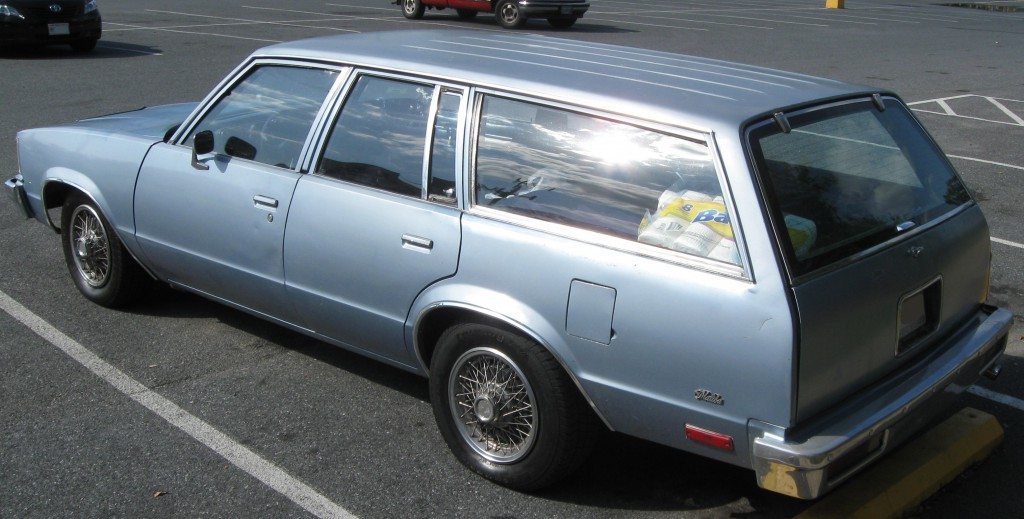
1984. George Orwell wrote about it, long-time station wagon owners fear it. While officially introduced in 1983, the 1984 model year of the Chrysler minivan put a stake into the heart of the wagon market like nothing else before it. Instantly popular, it became the vehicle of choice for family transport. It was said that in some ways the minivan became popular because people were trying to escape the ‘mom-mobile’ image of the station wagons they grew up with.
The ‘90s—struggling to hold on (or, the year the Roadmaster died)
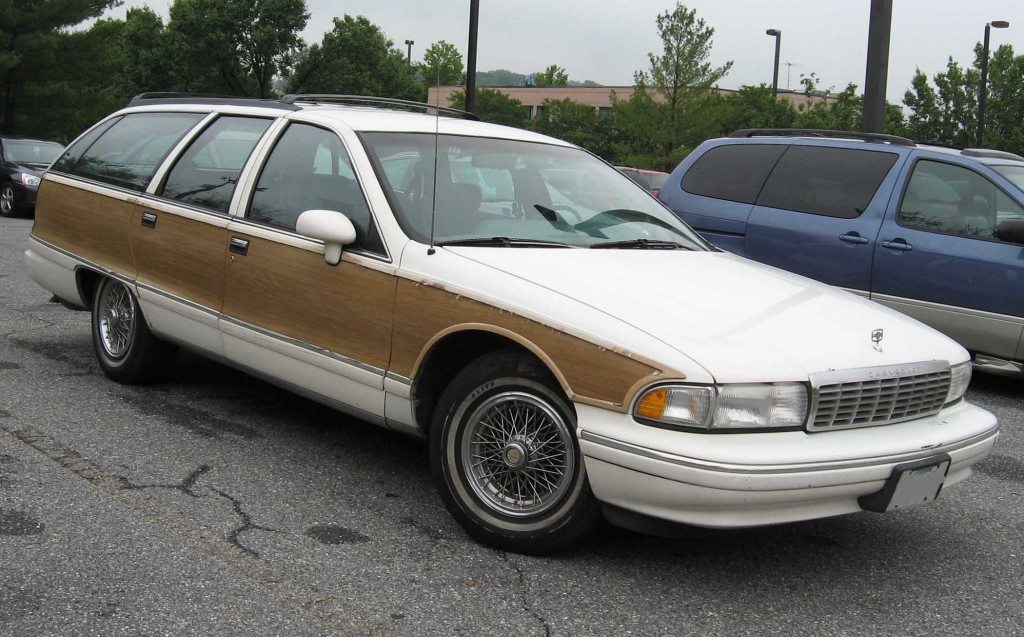
As a final, shining beacon, GM introduced the last restyle of its full-size, rear-wheel wagons in 1991 with the Chevrolet Caprice. In 1992, the Buick version (Roadmaster) was introduced – the final chapter in the story of full-size wagons that goes all the way back to the 1920s. The Oldsmobile version (Custom Cruiser) disappeared after the 1992 model year, while the Caprice and the Roadmaster finished things out by lasting through the 1996 model year. Why were they dropped? To make room for producing more trucks…
Steve Manning owns the blog “The Online Home of the Station Wagon.” Check out www.stationwagon.com for the full history of the station wagon and more fun facts about the wagons.



















